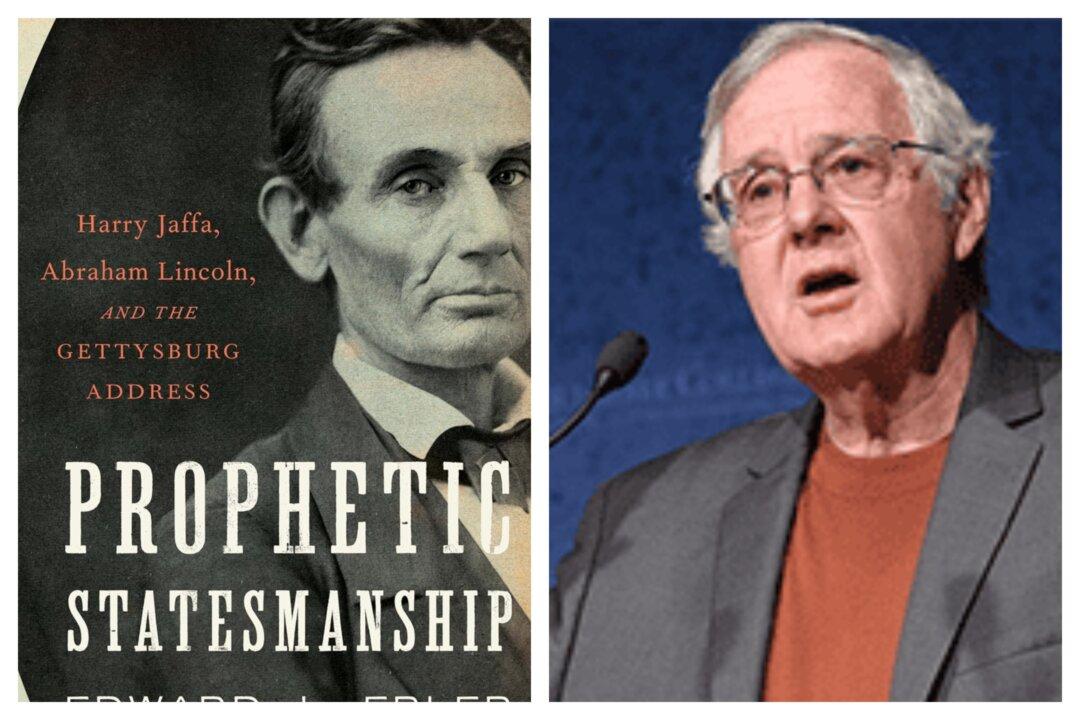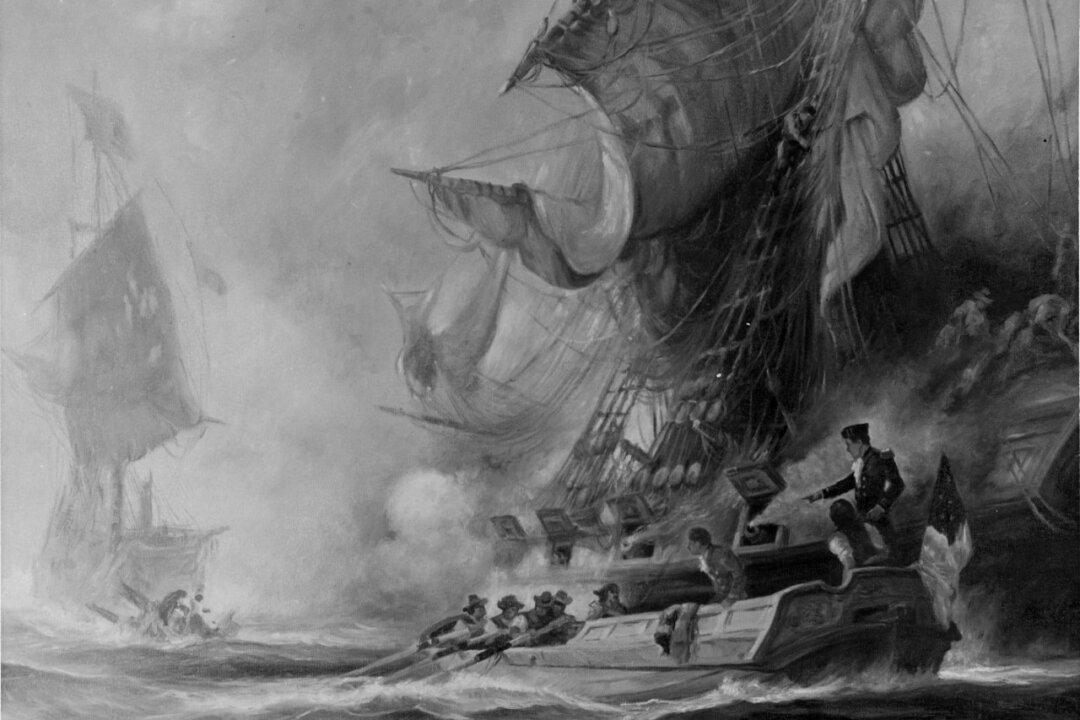During the summer of 1941, baseball witnessed an unimaginable feat. Joe DiMaggio, the New York Yankee outfielder, had hit safely in 56 consecutive games—a record deemed unbreakable. It was a memorable season, though played under the shadow of war in Europe and Asia. That shadow would soon hover over America. Before the year ended, America would become militarily involved in World War II.
A year before Imperial Japan’s Dec. 7, 1941 attack on Pearl Harbor, America instituted its first peacetime draft. At the time, America was working its way out of the Great Depression, and with that, baseball attendance was back on the rise. By 1940, Major League Baseball (MLB) game attendance was nearing 10 million, as more people could afford the national pastime. But now that America had declared war on Japan and Germany, baseball’s importance came into question.






